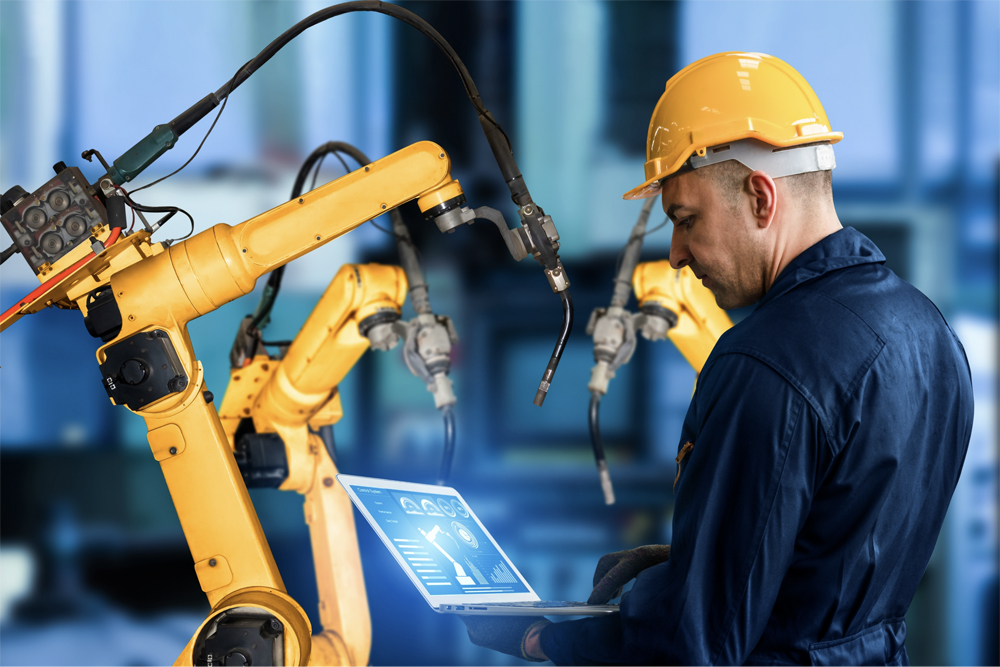Internet of Behaviors (IoB) has recently gained traction but has been in the works for nearly as long as the onset of AI. The recent years have witnessed the utilisation of data we have never seen before. With the use of the right tools and the method, data can be utilised to study the past, control the present, and predict the future.
The Internet of Behavior goes a step ahead of the Internet of Things, which aims to connect different devices to gather and assimilate new data points. The internet of Behavior dives deep into the user’s life, much more than the user data from using a specific app. A device, like your mobile phone, can track your whereabouts at any point in time. But, when it links to your laptop, voice assistant, cameras, call history, call patterns, etc., they get to know much more than that, including your likes, dislikes, purchases, political inclination, etc.
IoB is a culmination of three distinct fields: technology, data analytics, behavioural science. Companies using IoT to know more about us by accumulating data can try and change our behaviours.
Let’s take the example of a health-related app or food delivery app. Suppose the smartphone can track what you eat, when you sleep, your blood sugar levels, pulse rate, etc. In that case, the app can give out notifications and alert you of critical conditions and also find modifications in your lifestyle that is more healthy.
Your food delivery app can suggest what you may like and offer discounts concerning your earlier orders. Companies using IoB use it to achieve their goals, which is getting you to purchase products and services.
We can’t identify IoB as problematic right away. It is, in fact, the key to the personalisation of goods and services, which is inherently good for the consumer. But, the unlimited data we provide to such companies is exponentially growing. It is calculated that by the end of 2023, about 40% of the world population, which will be more than 3 billion, will be tracked digitally and offered services and goods to influence how the world behaves.
All of this raises security concerns of the highest order. Companies can avail the very private data to the users and use them to analyse us. This is concerning because of the lack of enough rules, legality or structure to monitor such activities. Privacy concerns in the digital age remain a grey area left untouched due to the lack of clarity in what constitutes private information.
IoB is a very powerful tool with limitless potential for good and behavioural change. The possibilities are ever-growing, and life’s easier because of it. In the coming years, we can see a lot more development, great products and services based on our likes and dislikes, and personalisation coming into the field. IoB can access data, create knowledge and use it with wisdom.










